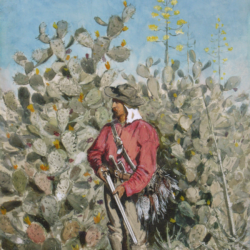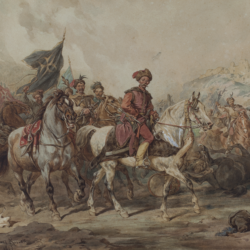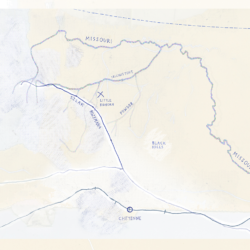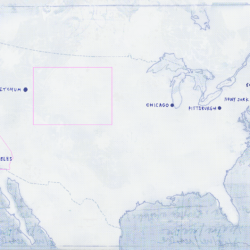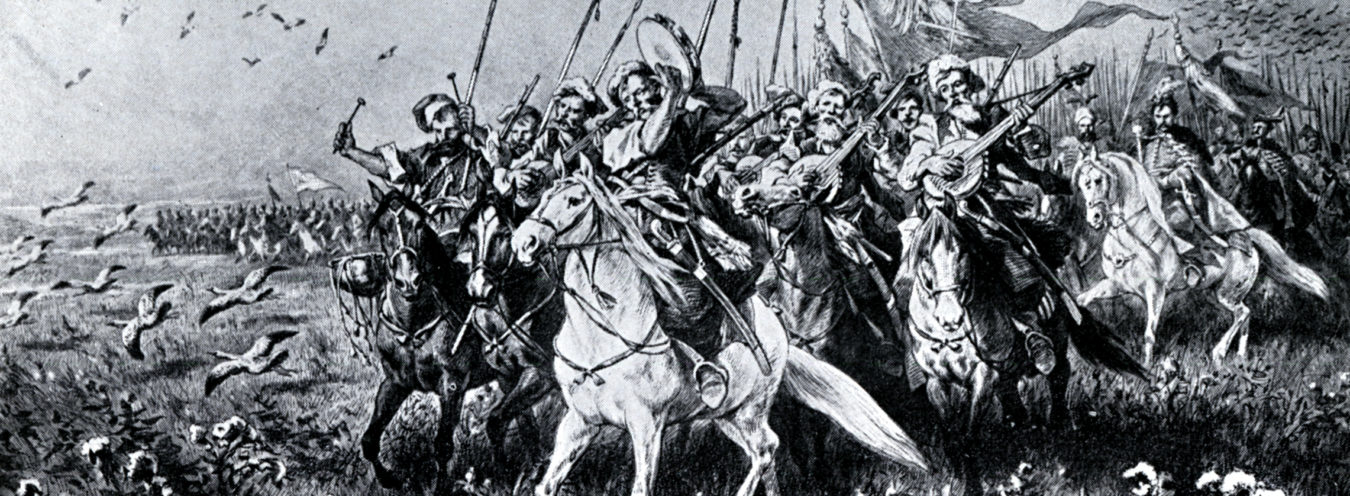
A story of culture clash
Such a thought is hardly new – one can find it in the early biographical accounts, in which it boils down to efforts to find the real-life models of the Trilogy characters among the people Sienkiewicz met in the New World, mostly among the Poles in the United States, (e.g., Captain Korwin-Piotrowski as a possible model for Zagłoba).[1] One may well broaden the scope here. Firstly, why should one look for such models among Poles only? If Sienkiewicz could ever see any borderland knights, or at least hear contemporary, not historical, stories about them, it was in North America between 1876 and 1878. Secondly, why should one look only for the models of characters or the plot? After all, the United States was a great cultural experience for Sienkiewicz. If we assume that the literary material for the Trilogy was – apart from knowledge (historical, first and foremost) and imagination – the writer’s experience of life in the borderlands, then the latter could only mean his stay in California and his month-long bison hunt in Wyoming in October 1877. Before he arrived in the New World, Sienkiewicz – an heir of a petty noble – was familiar only with his family estate, Warsaw and a handful of European cities. The literary material from his American journey is diverse and may include the frontier sensibility, meetings or clashes between cultures, partially or wholly alien to each other, ways of their co-existence, life in an expanding republic on its way into becoming an empire, the borderlands at war (or more specifically a war that is a conflict between nations that lay claims to the very same land just like in the Trilogy, and the invaders’ moral right to the land stems from their Christian and progressive narrative for civilizational reasons). The literary material might also consist in an experience of frontier life, of a life outside of the urban culture, far removed from European cultural patterns and models.
I am not going to argue here that Sienkiewicz used Wild West events, persons, and stories as models for the Trilogy – that would be idle speculation which one can agree or disagree with. Yet the world of the Trilogy is as accurately reflected in the reality of the American West of the 1870s – in its space, its history, its narratives, its cultural clashes – as if the latter were a mirror, and this is the sole reality Sienkiewicz experienced that remains close to the rules and realities of the world of the Trilogy. In the events of the time of American frontier wars, in the spaces and the communities inhabiting them and, last but not least, in the emblematic characters and the narratives centered upon them, there is an enormous potentiality of a correlative, and a model, of the world of the novel praising borderland wars of a great country, wars in which the boundary between the native and the foreign, the defensive war and the civil war could not be clearly established. As I said, I am not going to look in the Wild West for the models of some particular characters or situations of the Trilogy. However, I do intend to expose a close proximity between the two – proximity between the world of the Trilogy and the reality and narratives of the Wild West as Sienkiewicz might have known it.

